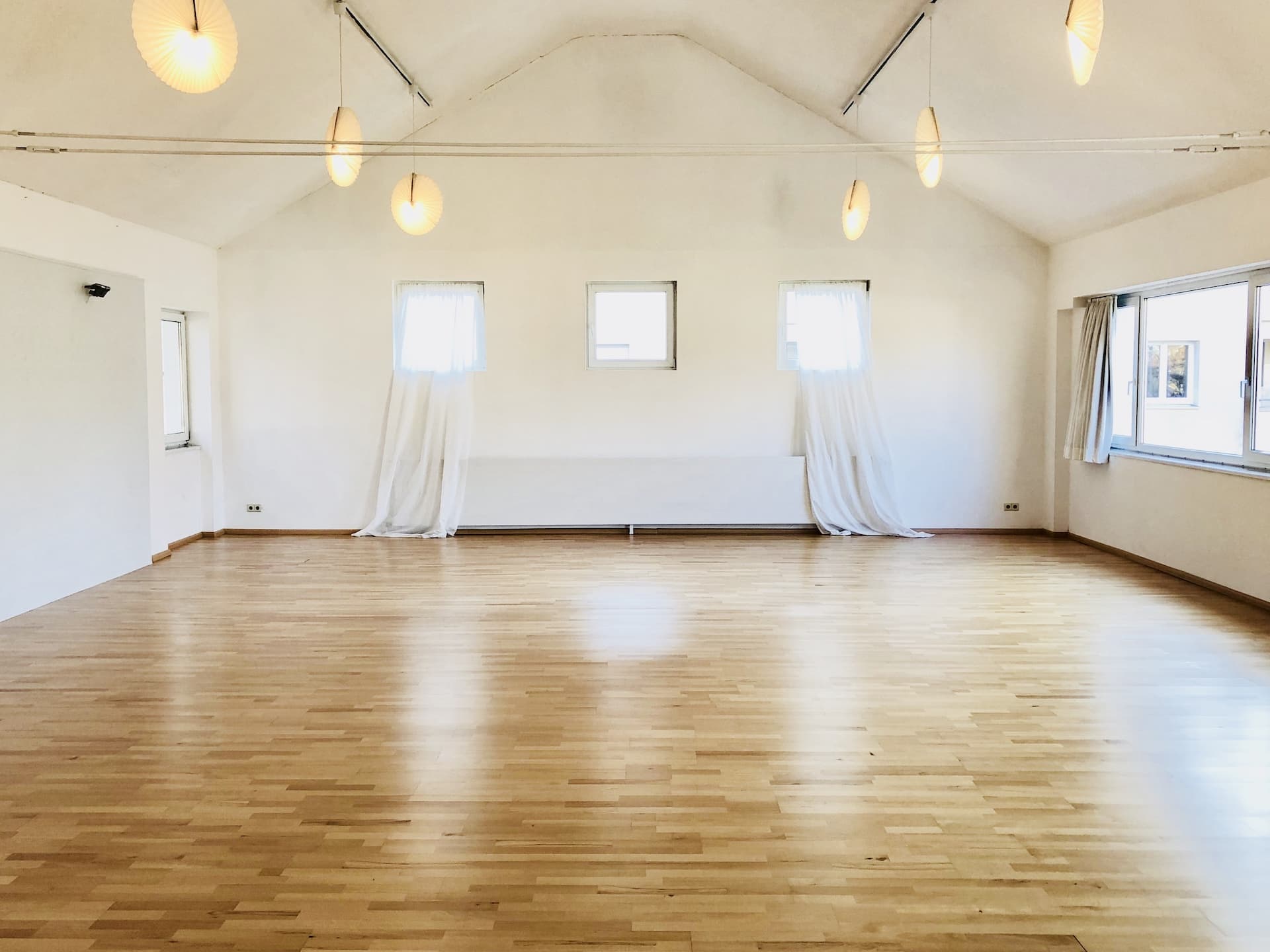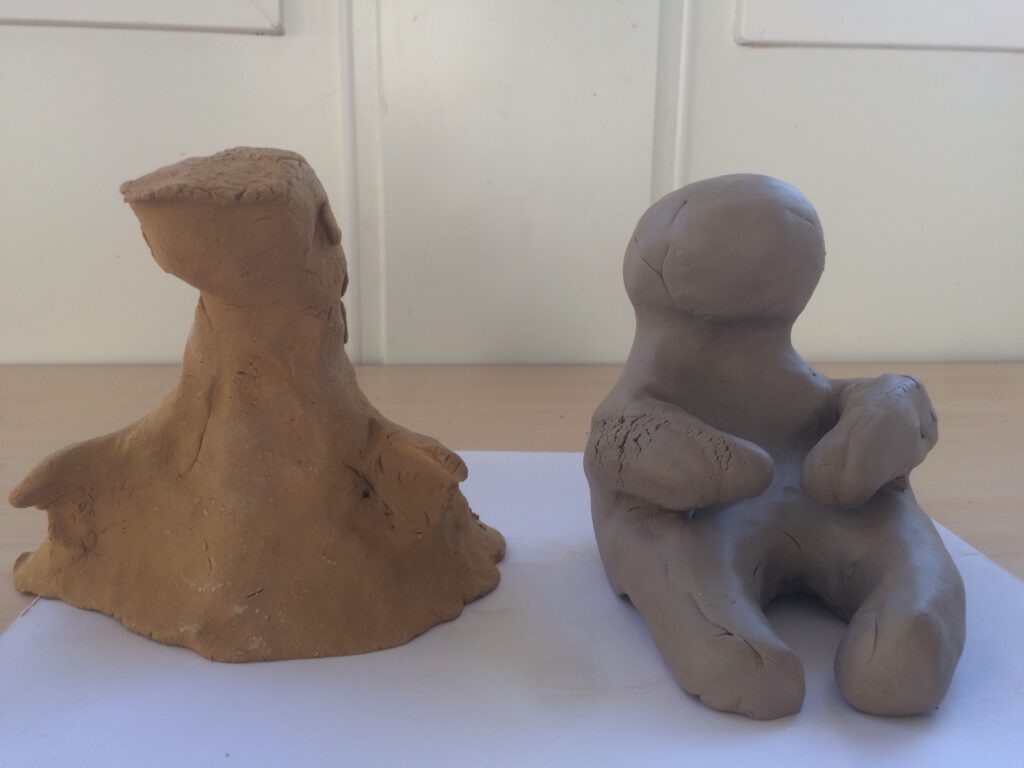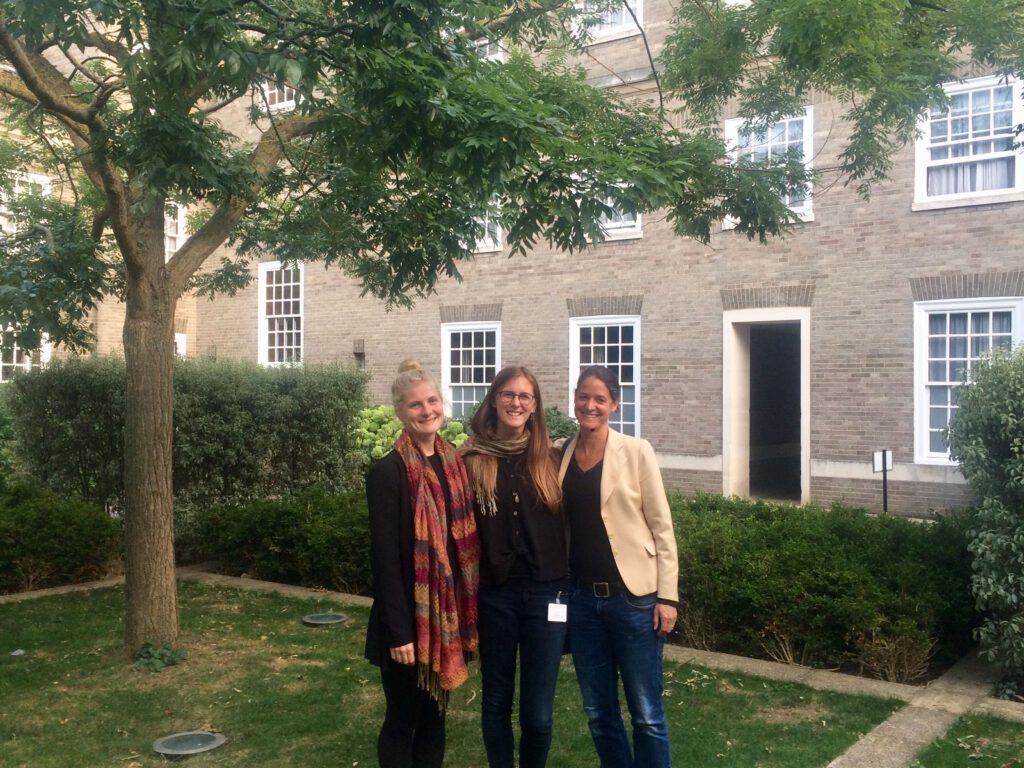



Ich habe gemeinsam mit Professorinnen der Ev. – und der Kath. Hochschule in Freiburg und Studentinnen der LAS (Liberal Arts and Sciences, University College Freiburg, u.a. auch mit Clara von ehemals INOUMO) und der Ev. Hochschule Forschungsstudien durchgeführt, die sich mit den Auswirkungen von Krieg, Flucht oder Langzeitarbeitslosigkeit auf Betroffene und deren Handlungsmacht befassen. Durch mein Interesse an Forschung und Wirkungsmessung wird die Qualität von bodymemory gesichert. Zuletzt hat Sophie Henriksson von der Pädagogischen Hochschule Freiburg/Gesundheitspädagogik einen Preis für ihre Evaluierung der bodymemory-Ausbildung bekommen.
Was wir bisher in unseren Pilotstudien mit kleineren Gruppen festgestellt haben: Mein niedrigschwelliger Ansatz mit erfahrbarer Anatomie steigert die innere Befindlichkeit, d.h. die Vitalität, das intrapsychische Gleichgewicht, die soziale Extrovertiertheit und die Konzentrationsfähigkeit selbst bei nur viermaliger Teilnahme durchschnittlich um 30% (Schlee, Welsche 2021: “The somatic impact of war and flight on the agent bodies of refugee women in Germany: A mixed-method approach including movement and body image sculptures”. In J. Tantia (Hrsg.), The Art and Science of Embodied Research Design. Concepts, Methods and Cases. Routledge: London, 200-211). Teilnehmer*innen geben an, dass sich auch physische Schmerzen, wie Kopfweh, Migräne oder Rückenschmerzen und auch Durchschlafprobleme reduzieren. Anhand des Körperbildskulpturen Tests (Joraschky/von Arnim 2008, Wadepuhl & Wadepuhl 1994) sehen wir, dass sich das Körperbild deutlich verbessert (siehe Abbildung vor und nach einem 10-wöchigen Kurs à 2h). Momentan vertrete ich die Hypothese, dass anatomisch vollständige Skulpturen in Zusammenhang mit einer stärker ausgeprägten subjektiv empfundenen Handlungsermächtigung (agency) stehen könnten.

Schlee, B. & Welsche, M. (2021). “The somatic impact of war and flight on the agent bodies of refugee women in Germany: A mixed-method approach including movement and body image sculptures”. In J. Tantia (Hrsg.), The Art and Science of Embodied Research Design. Concepts, Methods and Cases. Routledge: London, 200-211.

The Art and Science of Embodied Research Design: Concepts, Methods and Cases offers some of the nascent perspectives that situate embodiment as a necessary element in human research. This edited volume brings together philosophical foundations of embodiment research with application of embodied methods from several disciplines.
The book is divided into two sections. Part I, Concepts in Embodied Research Design suggests ways that embodied epistemology may bring deeper understanding to current research theory, and describes the ways in which embodiment is an integral part of the research process. In Part II, Methods and Cases, chapters propose novel ways to operationalize embodied data in the research process. The section is divided into three sub-sections: Systems of Analysis, Interviews and Observations, and Creative and Mixed Methods. Each chapter proposes a method case; an example of a previously used research method that exemplifies the way in which embodiment is used in a study.
As such, it can be used as scaffold for designing embodied methods that suits the researcher’s needs. It is suited for many fields of study such as psychology, sociology, behavioral science, anthropology, education, and arts-based research. It will be useful for graduate coursework in somatic studies or as a supplemental text for courses in traditional research design.
„With this volume, Jennifer Tantia continues her extended efforts to weave together what began half a century ago as a widespread and often competitive collection of brilliant healers, craftspeople, therapists, and visionaries into a community focusing on shared models of public education, professional trainings, and research grounded theories. Dr Tantia has played a difficult and crucial role, facing a number of practitioners who often resist what they see as the intrusions of critical thinking into their personal views of their works. She has worked skilfully over a number of years to show that without collaborative and critical research, our works are confined to a small population of people who have the money and leisure to profit from them. Her support of reflective thinking about these works, and her gathering of the thoughtful people in this and other volumes, to these new modes of healing and transformation — opens the doors to the public access now accorded to biomedicine and certain approaches to psychotherapy.“ — Don Hanlon Johnson, Professor of Somatics, California Institute of Integral Studies, USA
„The concept of embodiment has been sadly underrepresented in research methodologies to date, possibly due to the challenges it might bring to traditional researchers. These chapters serve to explore rationales for addressing embodiment in both quantitative and qualitative research paradigms helping to provide a platform for future researchers to build their proposal. I congratulate the editor Dr. Jennifer Tantia and all the authors, for this much-needed contribution to research methodology“ — Professor Helen Payne, PhD, UKCP Reg. Psychotherapist and ADMP UK Reg. Dance Movement Psychotherapist
„This volume restores much needed embodied intimacy to ways of knowing that are full of texture and meaning.“ — Les Todres, Emeritus Professor, Bournemouth University, UK
„This latest volume continues to successfully unpack ‘embodiment’ as a conceptual frame for research. The carefully curated chapters powerfully add to a growing literature that places experiencing at the very heart of understanding the body’s own logic without negating other forms of data. This practical and rigorous volume is a must-read for students, somatic practitioners and researchers.“ — Kevin Krycka, Associate Dean of Arts and Sciences, Professor of Psychology, Seattle University, USA. Chair, Gendlin Center for Research
„Applications of embodied research are still novel and require discernment, even for those who know something about knowing through and with the body. The book brings together the many conceptualizations of embodiment and presents an array of approaches. The thought provoking collection of cases invites the reader to explore their nuances and learn to communicate nonverbal discoveries.“ — Tomoyo Kawano, Director, Dance/Movement Therapy Program at Antioch University, USA
Hier die glücklichen Gewinnerinnen des 2. Preises in Cambridge bei der 7. Mental Health Conference für unser wissenschaftliches Poster (zum Download link unten)
